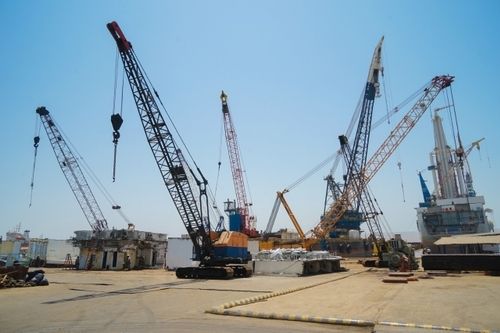Red Sea crisis disrupted Shipping Industries
The Red Sea shipping crisis, caused by attacks from Houthi rebels on cargo ships and tankers, is making many vessels avoid the Suez Canal, which is one of the world’s busiest water routes. Instead, they’re being forced to take a longer route around southern Africa, adding about 4,000 miles to each trip. This significantly increases travel times and costs for shipping. This situation could revive problems in the supply chain and raise worries about inflation.
The impact on supply chains is huge. About 30% of all container trade worldwide goes through the Suez Canal, so this crisis is disrupting supply chains globally. This problem is made worse by other disruptions in shipping, like blockages in the Panama Canal due to severe droughts.
Nora Szentivanyi, a Senior Economist at J.P. Morgan, explained that the longer shipping times are causing a shock to the supply chain. Rerouting ships around Africa’s Cape of Good Hope means a roughly 30% increase in travel time and effectively reduces global container shipping capacity by about 9%. This delay is already causing problems, with some car plants in Europe temporarily shutting down because they can’t get parts from Asia on time. This affects auto component makers, especially those exporting from China to Europe and the U.S.
The crisis is particularly testing the auto supply chain for new-energy vehicles (NEVs), which are important for trade between China and Europe. Depending on how long this situation lasts, shipping times and costs could change throughout the year, and traffic in the Red Sea might stay low for a while.
The increase in shipping costs is significant. Container shipping costs have more than doubled in some cases since early December, especially for routes that usually go through the Suez Canal, like from Asia to Europe. Spot rates, which are one-time fees for shipping at current market prices, have soared. For example, rates from China to the U.S. West Coast and East Coast increased by about 140% and 120% respectively compared to November 2023.
Samuel Bland, covering European Transport and Logistics at J.P. Morgan, mentioned that while spot rates have gone up, it’s unclear how much this will affect contracted rates. There’s no solution in sight yet, and Suez transits are not recovering.
This crisis is hitting retailers hard, especially those heavily reliant on sea freight. Many retailers have hedged their freight exposure and locked in rates for the first half of 2024, but some may need to renegotiate rates due to the current situation.
Looking ahead, shipping costs may stay high for a while. However, once the disruptions end, rates could lower fairly quickly because there’s still a surplus of container ships globally. Many ships ordered during the pandemic are entering service, which could help ease the situation once things get back to normal.
Author: shipping inbox
shipping and maritime related web portal








